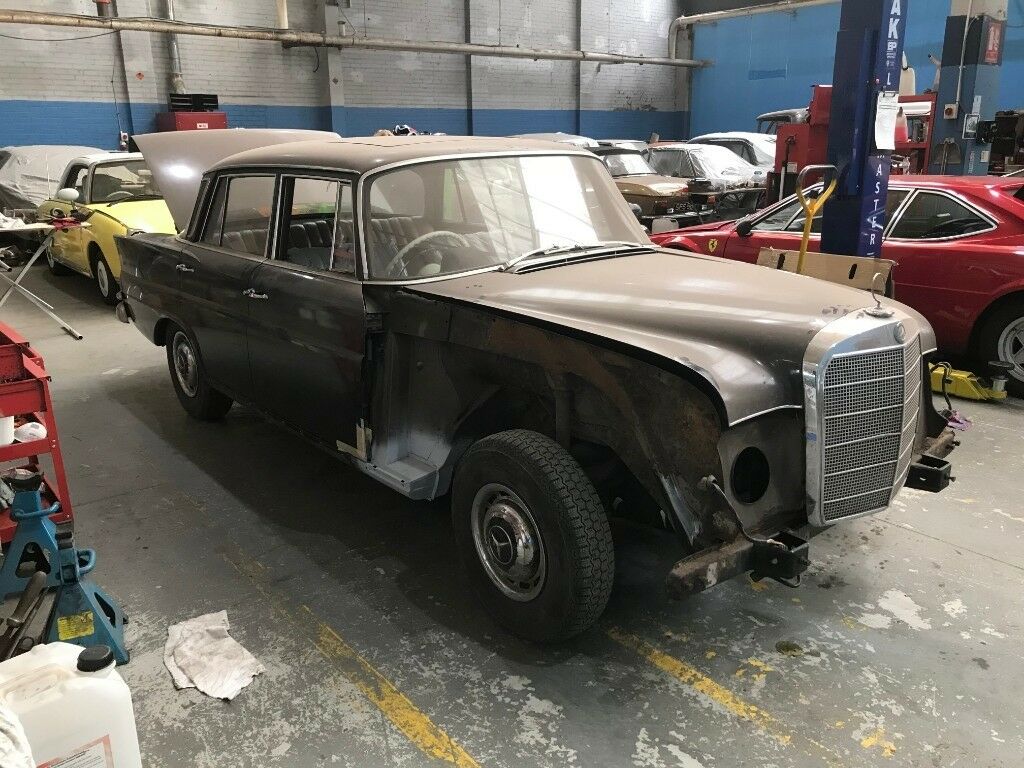In the automotive world, restoring a classic car is a big challenge, rather like competing in an endurance race. To succeed, both tasks require skill and patience. Completing a car restoration can produce incredible results, but the cost can get steep if you leap into the work unprepared. Ready to start your first big overhaul? Heed these car restoration tips to get off on the right foot:
1) Pick A Good Car
The specific make and model you choose to restore will have a huge impact on how your restoration project plays out. Car selection is often the difference between reaching the end of the overhaul successfully and getting stuck in an unending quagmire that begs to be abandoned.
Following your heart is an important part of buying your first project car. Don’t disengage your brain, though! Evaluate a potential restoration car thoroughly and make sure the challenges it presents match the resources you can bring to bear.
Make a meticulous inspection of the car before you make your final purchasing decision. Study the engine and the engine bay carefully. Scrutinize the interior, from the floor pans up to the headliner. If at all possible, get the car on a lift so that you can look at the underside for potential problems. Rust, frame damage, and body problems that might not be visible from the sides can all become clear when you inspect a classic car from below. Take a road test in your potential project car if you can.
Use what you learn from inspecting the car to rough out a budget estimate. Be very flexible at this early stage; remember that you can expect unexpected problems and that some necessary parts are likely to be more expensive than you first think. You may want to decide to enlist the help of a professional like whitesbodyworks.com.
Add the purchase price of the classic car to your budget estimate, and then compare that total to the expected value you believe the car will have once it’s restored. If your prospective restoration is already underwater — that is, if the cost exceeds the final value — find a different car to overhaul.
2) Plan Out Your Build
Once you have a car to work on, you should plan out that work in detail. This goes a step beyond your cost estimates; your next task is to map out the chronological order of the repairs you’re going to do. The most basic example of this is that you’ll generally want to complete all of your engine work and mechanical repairs before moving on to bodywork — you don’t want to put on a perfect finish and then damage it while banging on the mechanicals.
This is also the time to set performance and appearance goals. Your desires for the finished product will shape the work you need to do. If your project car needs a new exhaust system, for instance, you should consider early on whether you want to make any other upgrades to improve performance.
3) Lay Out Your Workspace
Setting aside enough space is vitally important when you’re doing a classic car restoration. A complete frame-off restoration job, for example, is easily capable of filling up four garage bays. Ideally, you have separate sections available for the chassis, the powertrain, the interior, and the suspension. You’ll also need space to lay out the pieces you remove as you disassemble your car.
The most useful spaces for restoration work are those that are safe, indoors, brightly lit, and relatively clean. If your space is limited, put extra work into organizing your parts and storing them in such a way that they’re easy to retrieve.
